To the Brits these days, the idea of the sun-soaked Canary Island’s seems intrinsically linked with package holidays, cruise ships and troubled timeshares. In fact, mention Canary wine to the average imbiber and their almost certain eyebrow raise can be attributed to the last glass of unfortunate island plonk - poured freely from the all-inclusive bar at a Mar-a-Lago meets Benidorm type resort - they were subjected to, before resorting to watered down Piña Colada’s for the rest of the holiday.
That’s not what sparks our interest in the wines of these islands, of course. The Canaries have a long and rich history of viticulture. Tenerife wines have been around for centuries, just not readily available to the UK throughout a relatively recent 200-year period of vinous decline. But these days, there are a collective of pioneering producers leading the renaissance of extreme viticulture across the Canaries, challenging conventional vine growing and winemaking through their unique and diverse wines. With the benefit of hindsight, we now see those two centuries of purely domestic distribution as a blessing in disguise for the wines of Tenerife. With no international merchants to dictate or demand the planting of globally recognised grape varieties for the sake of export appeal, the indigenous Canary varieties retain their authenticity, vital to their success today. The lack of imported vines also helped prevent the spread of phylloxera within the region, a microscopic aphid that feeds upon and destroys Vitis Vinifera, the European grapevine species that to this day must be grafted onto the miraculously immune American rootstock to prevent the vine from succumbing to this pest. There are just a few instances globally where vineyards have remained untouched by phylloxera – the volcanic soils of Tenerife in the middle of the Atlantic Ocean remain free from harm, and as such arguably retain their sense of origin and typicity; for lack of a clearer definition, their terroir.
 Cloud covered vineyard, sheltered by Mount Teide, the world’s third highest volcano when measured from the ocean floor.
Cloud covered vineyard, sheltered by Mount Teide, the world’s third highest volcano when measured from the ocean floor.
Look at Tenerife on a map, and it’s a surprise that the island has capacity for producing unique fine wines as it does. Ordinarily, grapes would struggle to retain freshness and acidity at 28 degrees latitude, as Tenerife sits just 100km from the west coast of Africa, parallel to the Sahara Desert. Generally, it’s accepted that viticulture is successful (or is at least taught in textbooks) in a slightly cooler climate, between 30 and 50 degrees latitude. Fly into Tenerife as thousands of Brits do daily for their guaranteed fix of sun and sea, and you’ll arrive at Reina Sofía Airport on the south of the island. It’s here, around the all-inclusive resorts where you’ll find a palm-tree ridden landscape and a hot, arid climate. But it’s on the north coast of Tenerife that you’ll find a mountainous, luscious, subtropical environment that suits viticulture. It’s also here that Canaries merchants made riches in the 17th century. Along with Madeira, Gibraltar and the Azores, these islands were considered essential provision stops as Britain sailed across to conquer the Empire. Naturally, these islands’ strategic geographical importance wasn’t lost on the Royal Navy, which on several occasions unsuccessfully attempted to wrest Tenerife from Spanish control. The final attempt is well documented as the Battle of Santa Cruz, in which Rear-Admiral Horatio Nelson lost his right arm.
But back to today. One pioneering producer at the forefront of varietal preservation is Bodegas Viñátigo. Founder, Juan Jesús Méndez is credited with saving many of Tenerife's native grape varieties from the brink of extinction. He is also known to diligently map soil types to determine which sites amongst the islands’ diverse climatic and geological conditions best suit the cultivation of specific varieties, ensuring their long-term success within Canary viticulture. If you read Viñátigo’s marketing spiel, you will find that they are ‘proud to transmit the genuine character of the Canary Islands through our wines; a direct translation from our vineyards to your glass’. If you visit the winery, as I had the pleasure to last month, you’ll realise their genuine commitment to this sentiment through the people that live and breathe it. Juan’s dedication to the indigenous varieties of Tenerife is best described through his portfolio of ten monovarietal wines, each he describes as a true representation of the variety. A fact that he stands by, despite having recently handed over sole charge of the winemaking to his son, Jorge Méndez Díaz, who also happened to be our tour guide for our 72 hours in the region.
 Jorge Méndez Díaz in the cellars of Bodegas Viñátigo, showcasing the monovarietal wines of their portfolio.
Jorge Méndez Díaz in the cellars of Bodegas Viñátigo, showcasing the monovarietal wines of their portfolio.
Viñátigo’s commitment to heroic viticulture is best realised after a tour of their Maipe vineyard, located in Taganana: a tiny village located in the Anaga Massif, in the North-east of Tenerife. The site quite happily tops my list of ‘world’s hardest and most dangerous place to grow grapes’, and possibly my ‘most volatile stomach after a commute to work’ chart (though perhaps that latter was a combination of a seafood lunch and Jorge’s relaxed attitude to the Spanish highway code). The ungrafted vines were planted more than 120 years ago. In the early 1900's, the landslide of one of the mountains of the Monte de Las Vueltas buried the vineyard. Over the last 100 years, the vines have unburied themselves, revealing gnarly old untrained vines that crawl across the landscape like spindly spider legs, emerging from cracks in the volcanic rock; ‘The Chaos Vineyard’, one of our group nicknamed it. It’s here, where if you can accept the painstaking process of managing these vines and transporting grapes across treacherous pathways, that the hard-won fruits of your labour are prized like shiny, vinous jewels. But these days, only a few producers are brave enough to take on the challenge. Both economically and logistically, no commercial producers would commit to such interesting terroir, and sadly the reality is that the number of small growers is dwindling, largely in part to a generational shift and the financial reward for the young bucks being handed their fathers estate is not a particularly attractive proposition. As a result, most of the region’s vineyards are being left to grow wild, never to be regenerated, despite being a source of wild, energetic wines, globally recognised to be of outstanding quality.
 Sprawling vines in Maipe vineyard in the village of Taganana, emerging through cracks in the rocks.
Sprawling vines in Maipe vineyard in the village of Taganana, emerging through cracks in the rocks.
One of the most exciting wines on the Vino Gusto shelves for the past year has been Viñátigo’s Listán Blanco. A smoky, mineral and zippy-fresh white, with an electric, saline acidity. Loaded with aromas of bronzed fennel, fig leaves and dried apricot. On the palate the wine is ultra-mineral. Like the juice has been squeezed directly from crushed volcanic rock. Listán Blanco thrives in the Canaries, and is very different from the same variety grown in Spain, where it’s known as Palomino Fino, and most commonly used in Sherry production. Generally, the grape can showcase its microclimate in a very transparent fashion, making it highly sought-after, frequently vinified by the most ambitious producers with the aim of fostering wines with a sense of place. It was first brought to the Canary Islands in the 18th century by the Andalusian conquistadors and now it thrives here in rich, volcanic soils at high altitude. The altitude here is important – the cooler climate high up on volcanic slopes helps to accentuate the natural freshness of the grape. The vineyards, like the juice, are something to behold. Vines are grown in a traditional pergola method, inherited from the Portuguese settlers in the 15th century and are scattered in the north of Tenerife, on the slopes and ravines that were created by the last eruptions of the Teide volcano, where the vineyards are cooled by the sea breeze. Certainly a style for foodies to seek out and experiment with grilled white fish, salted potatoes and Mojo Verde, a traditional sauce from the islands made with garlic, coriander and olive oil.
A wine equally transparent and ethereal was their Negramoll, the most delicate grape grown on the island. Frequently likened to Pinot Noir for its light colour, delicate texture and attractive, berry-like aromas. Just like outstanding Pinot Noir, this wine has a sumptuous, smoky, earthy appeal. A contradiction to the wonderfully bright, lifted red fruit character which, coupled with the bracing saline acidity and soft tannins, make this wine to be far too gluggable. Though that shouldn’t detract from the complexity of this wine.
Much like the wines of Tenerife, the food style of the region may, on first description or taste, wrongly come across as a challenge to the conventional palate. With the lack of flat grazing land, you’re unlikely to come across much in the way of beef. Instead rustic, intensely flavoured and delicious dishes of fried rabbit and spiced goat are the norm, generally accompanied by the classic Canary boiled, salted potatoes with both Mojo Verde and Mojo Rojo (A smoky, chilli-flavoured sauce). These hearty dishes are the ultimate accompaniment for a glass or two of soft, energetically charged reds from the island. This is where Listán Negro steps in, perhaps the greatest ambassador of the rocky terroir of Tenerife when it comes to red-wine production. A juicy, supple and attractive red, with aromas of black pepper, ripe black fruits and often a savoury, earthy, island-wine-type feel…
Naturally as an island, Tenerife cuisine is also largely influenced by the bounty of delicious seafood that surrounds it. Think razor clams doused in garlic butter, fried grouper with roasted tomatoes, or seared, salty octopus with buttery, flaky potatoes. These dishes require saline, zesty whites with texture and verve. The grape variety that stood out in this instance was Marmajuelo. Intensely aromatic and much more fruit driven that the Listán Blanco with passionfruit and melon, but all the freshness and acidity that helps cut though the fat of these classic dishes.
A favourite instance of food and wine delight in our short time on the island was at bar Vinoteca Con Pasión (You don’t have to be fluent to translate the name). A wine bar and restaurant with 200+ wines of the Canaries with no alternative option, other than somewhat funky beer from a brewery just down the road. We were looked after superbly by softly spoken Igor – a fountain of knowledge on all things vinous in the canaries, so you can imagine his horror that we did all indeed request a beer before getting stuck into a tasting over dinner; “Sorry but, we’re English…” we protested. Over a small plate dinner of island cheeses, cold cuts and grilled prawns, we indulged in every oenophile’s favourite most hated past-time - blind tasting. An opportunity to sniff and sip distinct wines from all over the canaries, in the presence of one of the regions most celebrated winemakers, and Igor, who could almost name the person who picked the grapes of every bottle we enjoyed. There were no prizes for our pitiful handful of points from rarely correct guesses as to which indigenous grape variety we were tasting. We didn’t mind, of course – this was a work trip after all.
So, are the fine wines of new wave Tenerife about to explode onto supermarket shelves and sit next to industrially made wine here in the UK? Probably not. The best examples are made in tiny quantities and are so individualistic in style, that they may make an avid Pinot Grigio drinker barf. They’re not cheap, either. How could they be? Old vines grown on volcanic landslides in the middle of the Atlantic Ocean aren’t easy to produce, sadly. But, are we likely to see wines from the villages of Taganana, El Palmar or La Orotava rub shoulders with Gevrey-Chambertin on great wines lists? Yes – in fact it’s already happening. And the wines look a comparative bargain if Burgundy is the comparison. The wines of Tenerife have come a very long way over the last 20 years, but the message from Bodegas Viñátigo and the Canaries, is that they have only just begun.


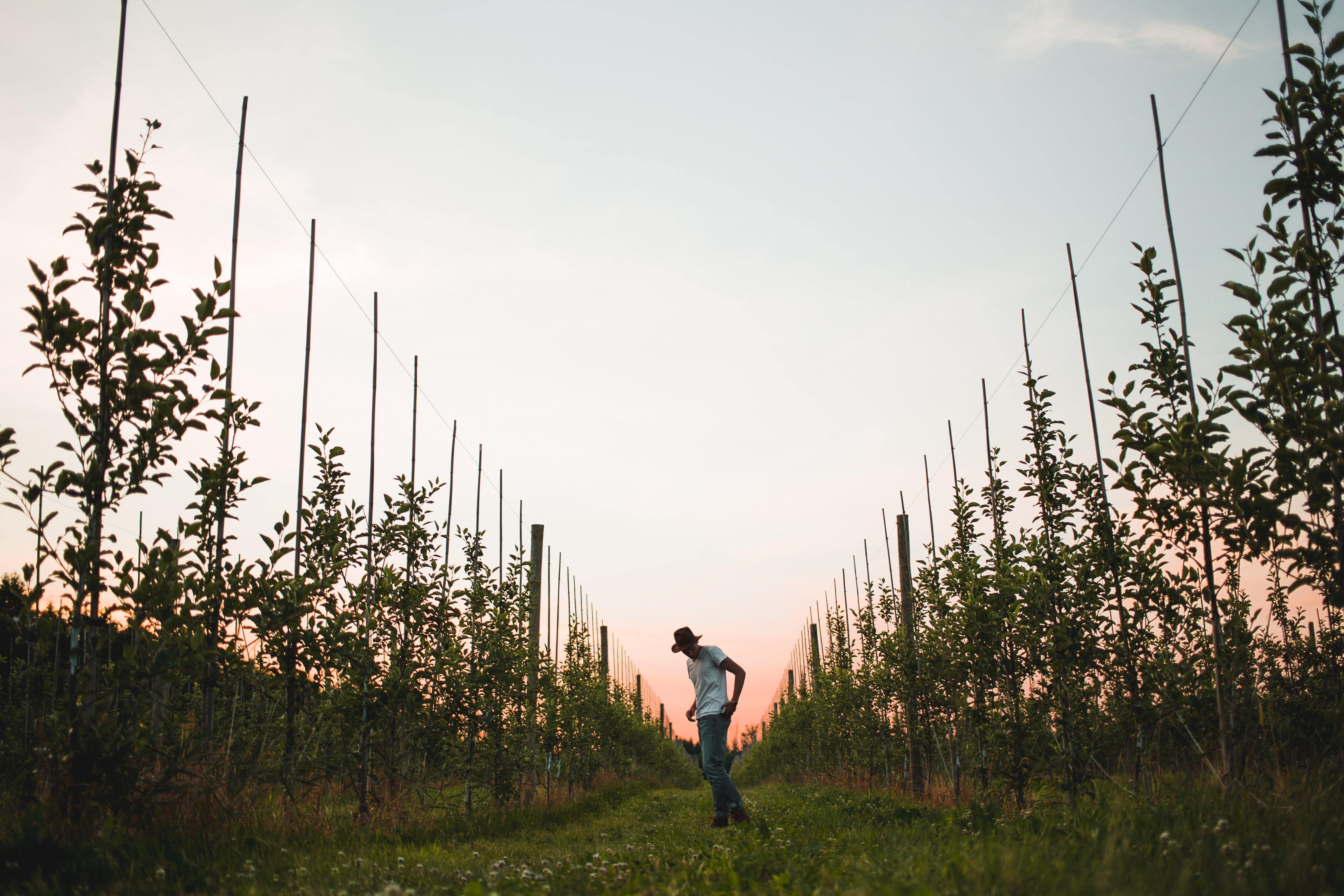
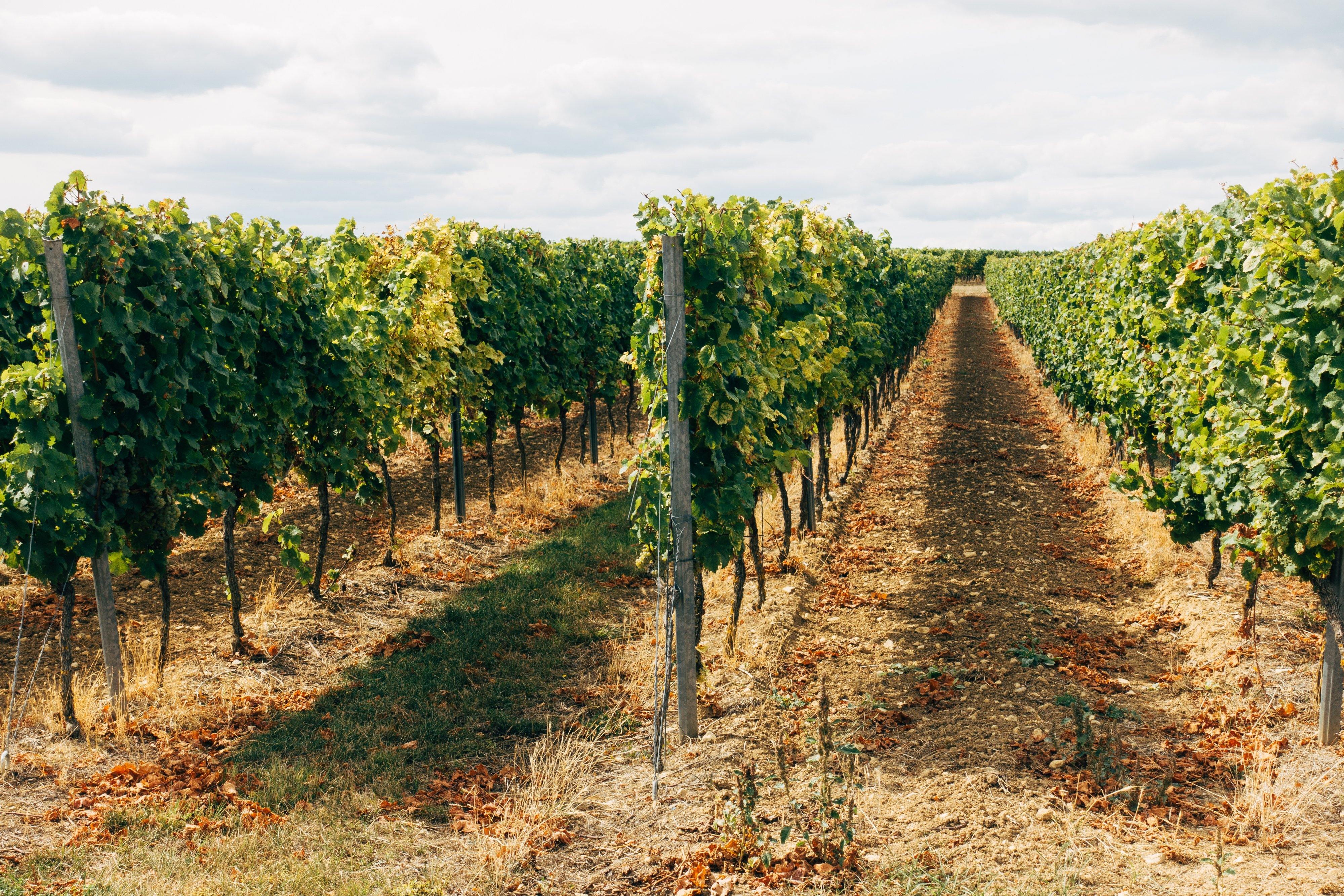
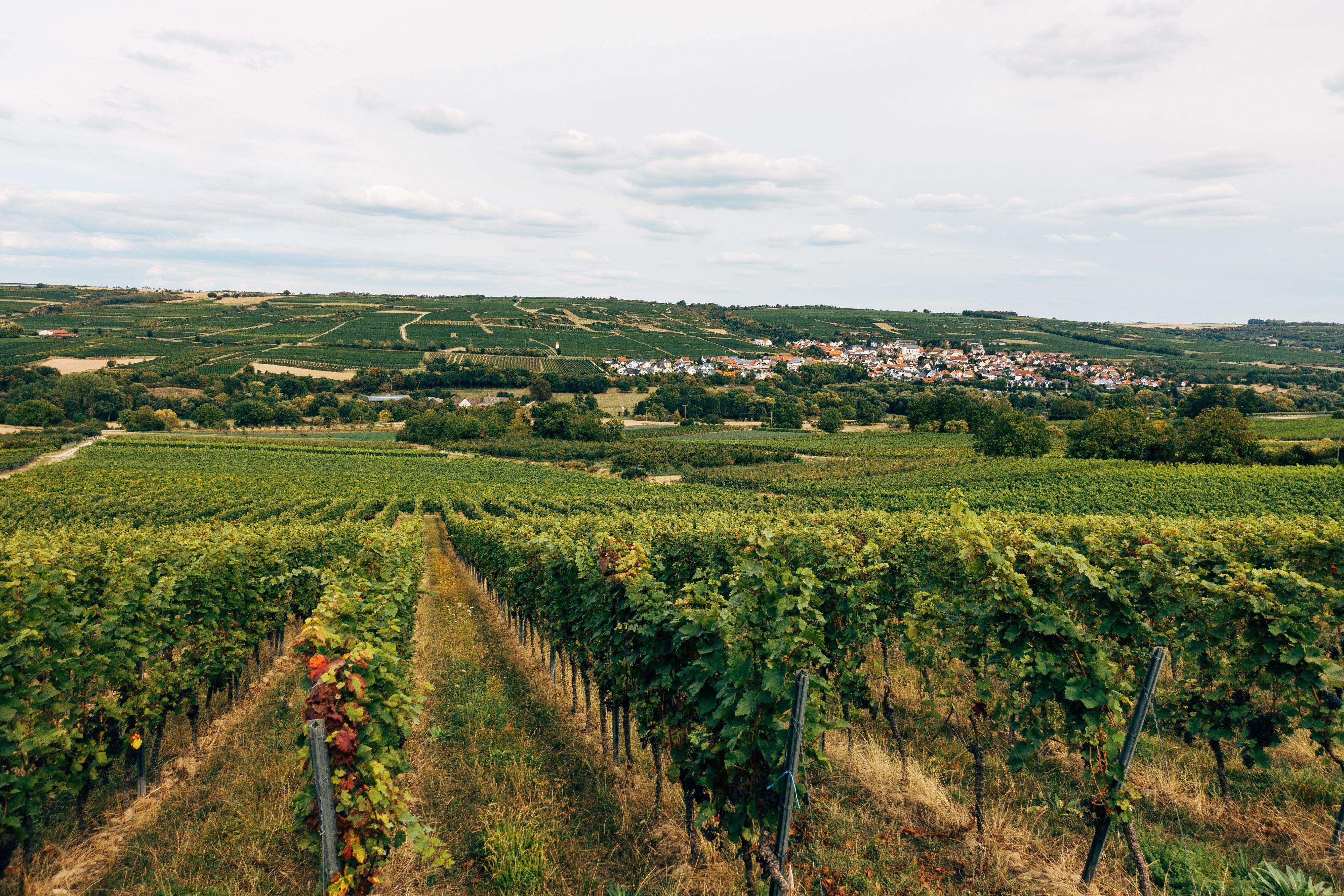
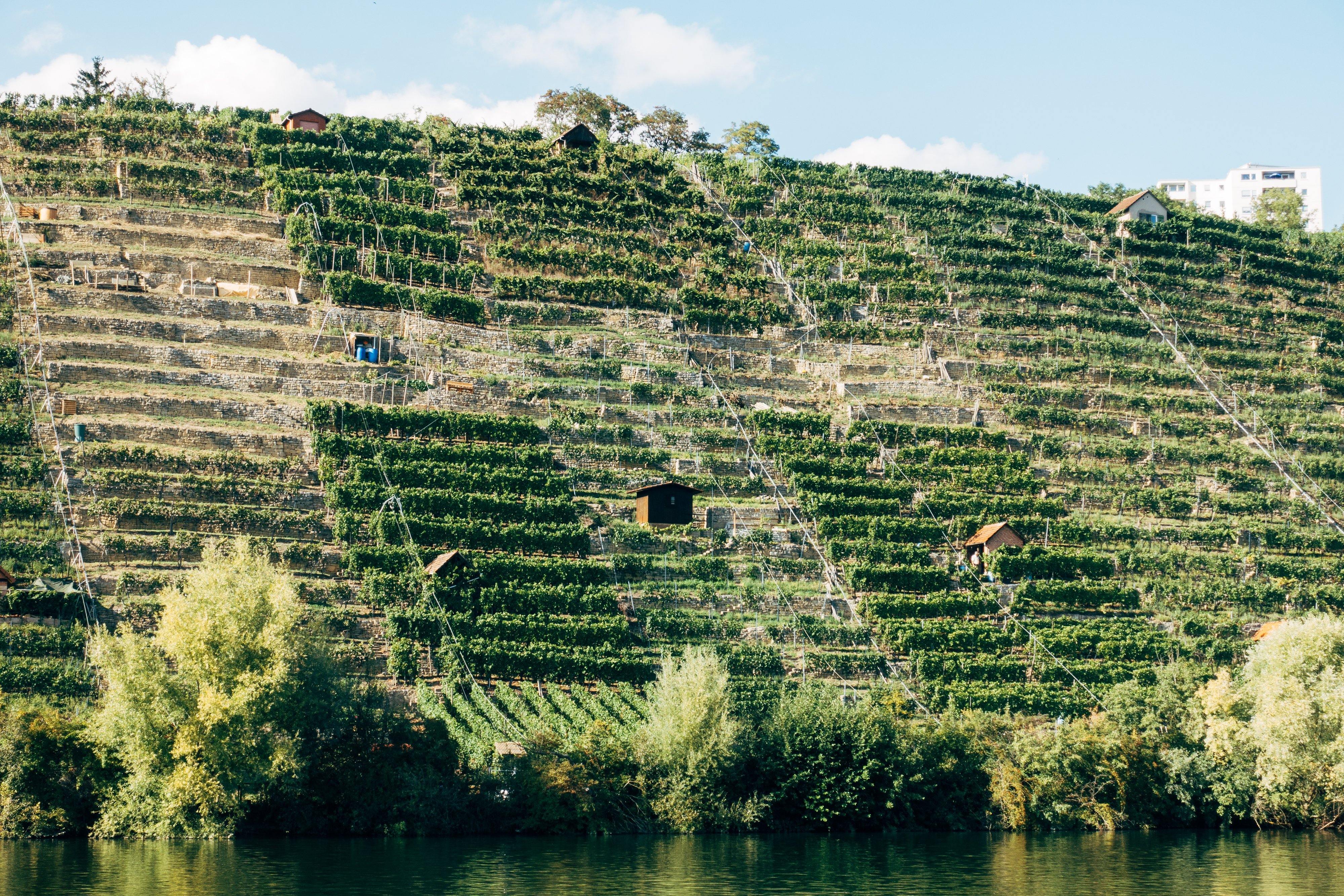
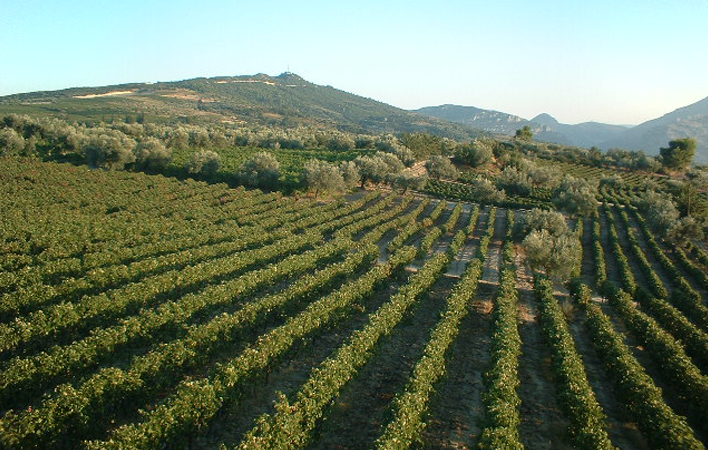
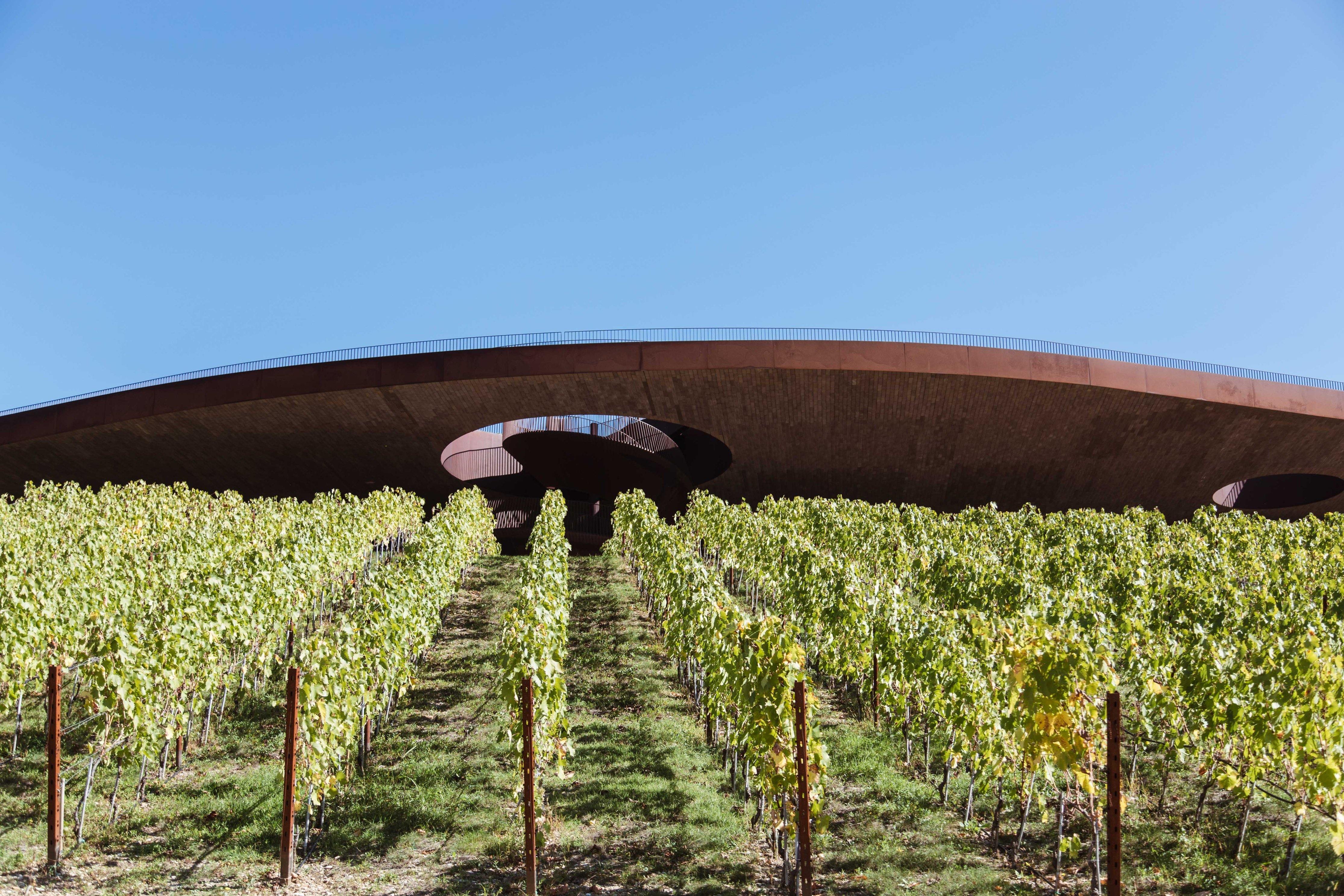
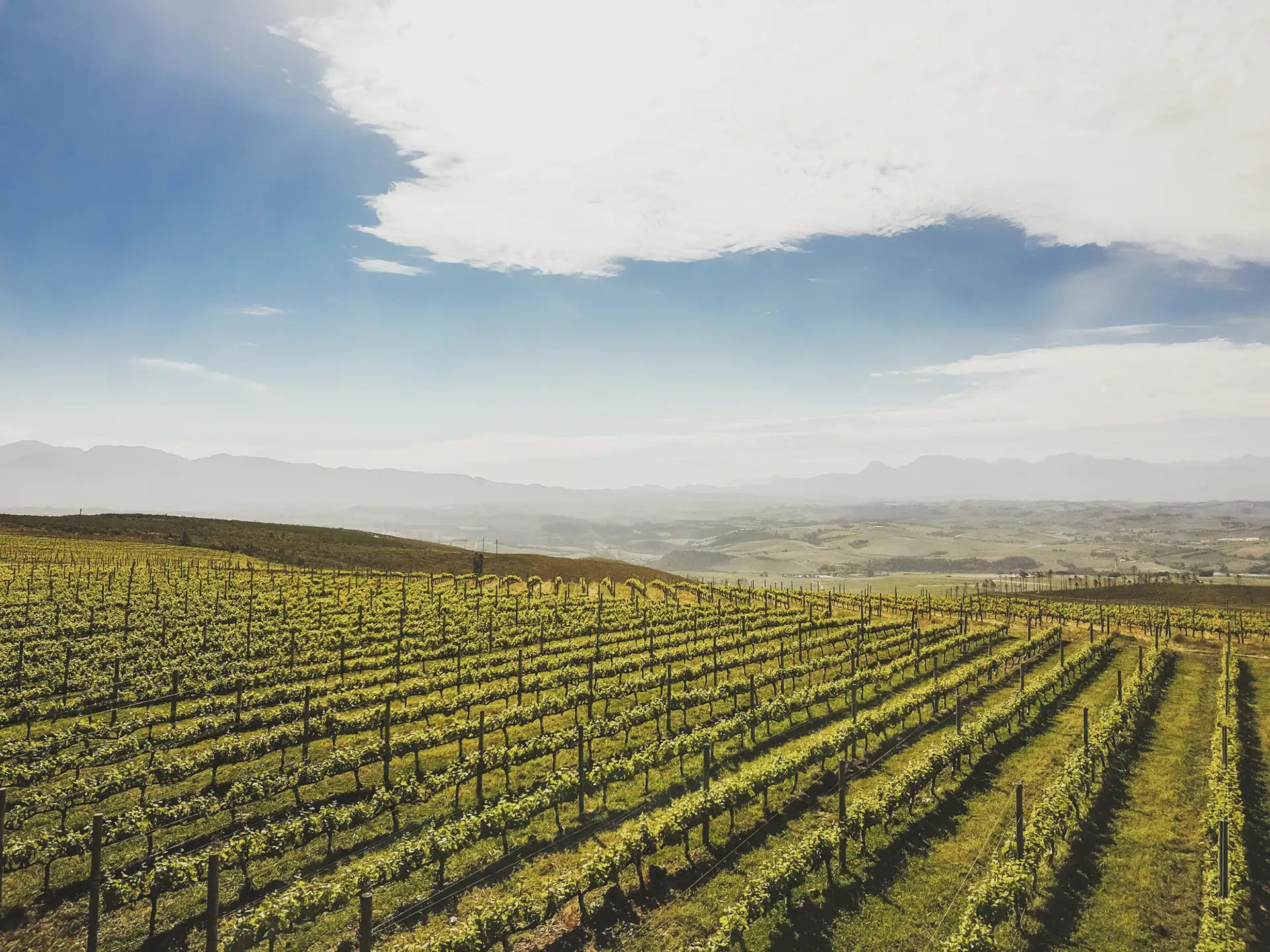
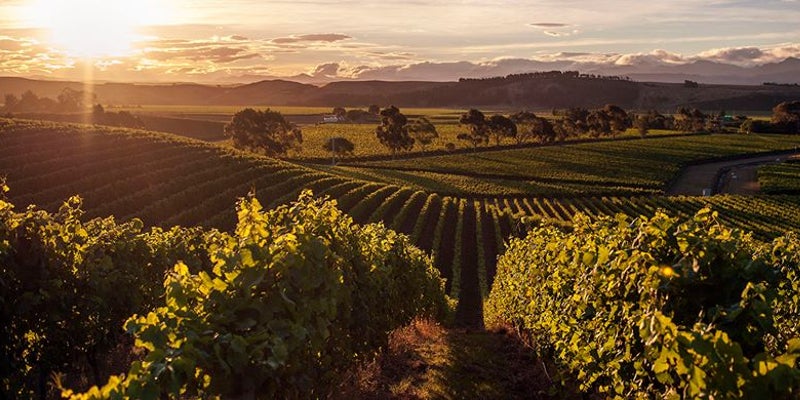
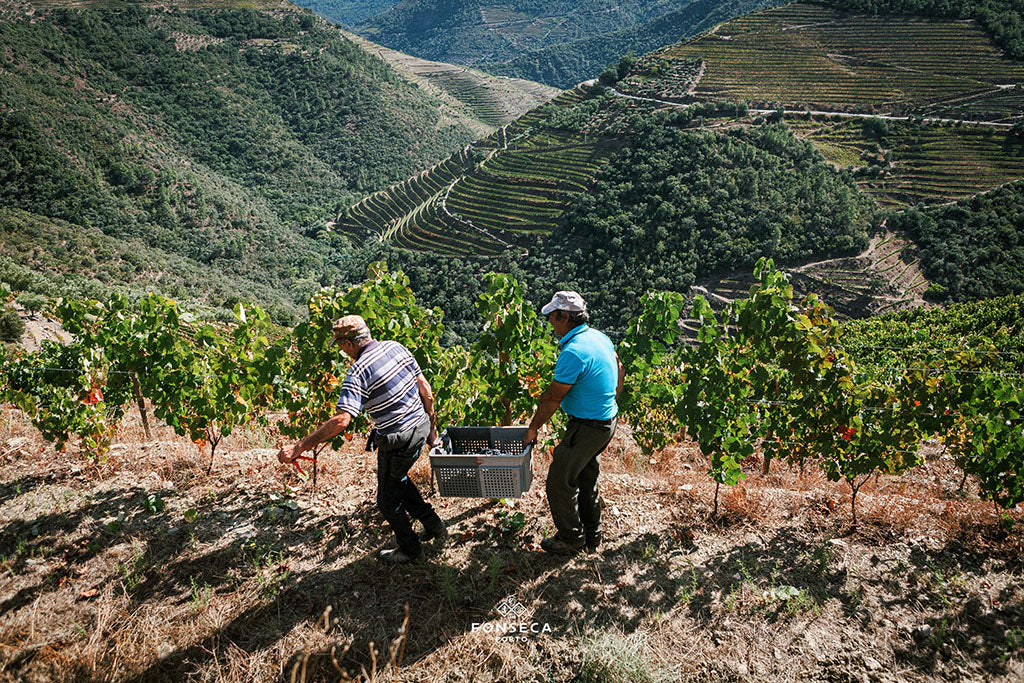
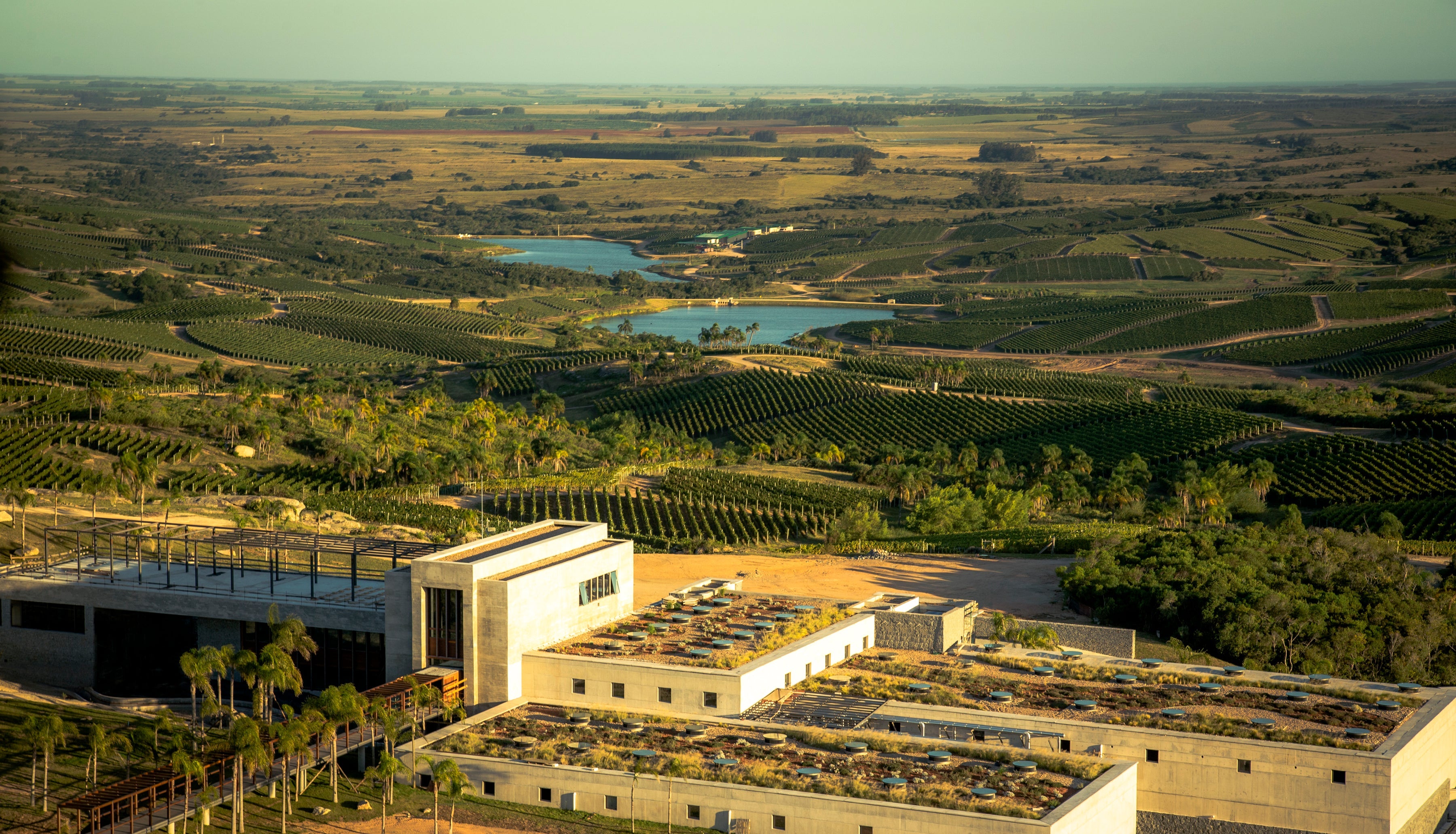
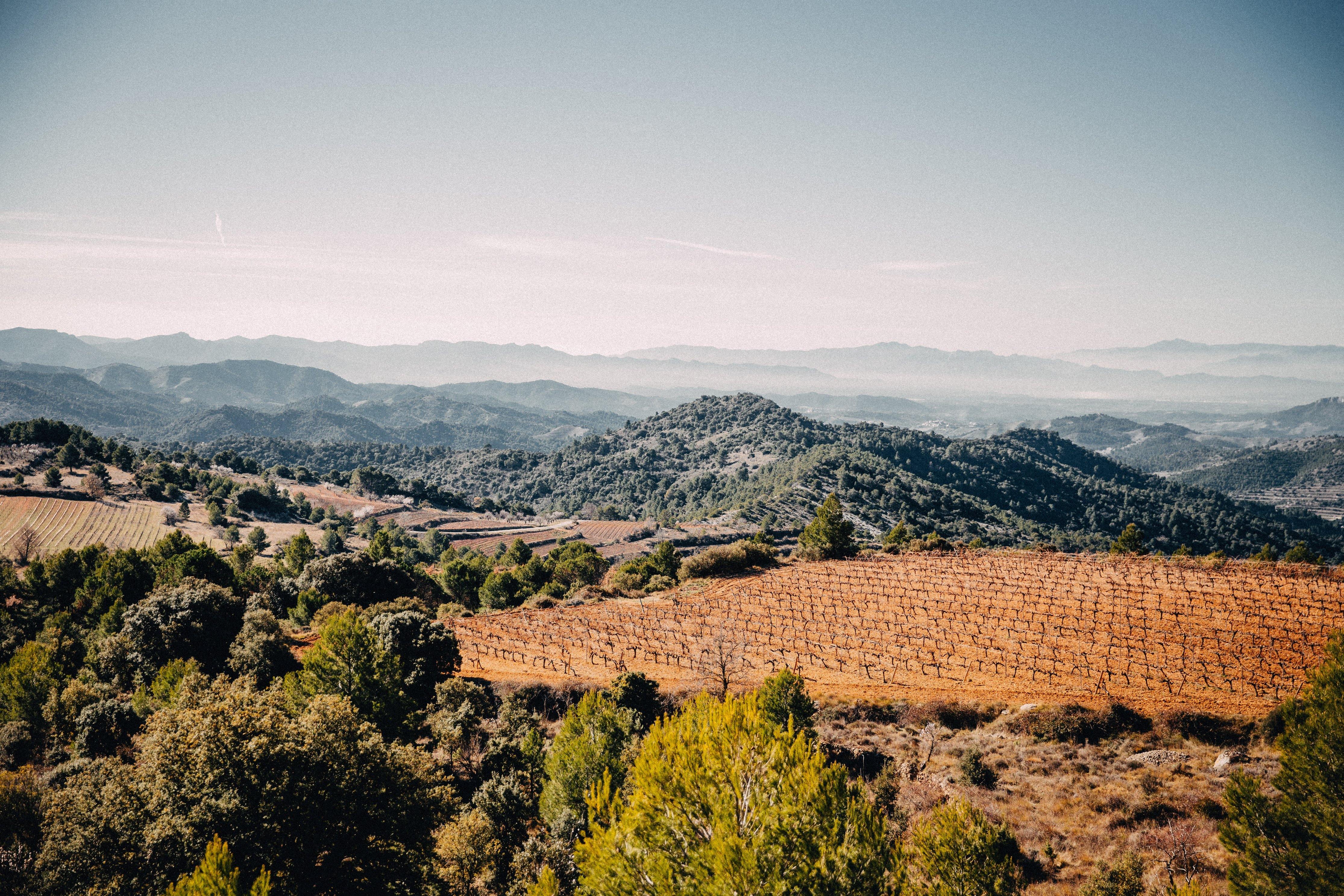
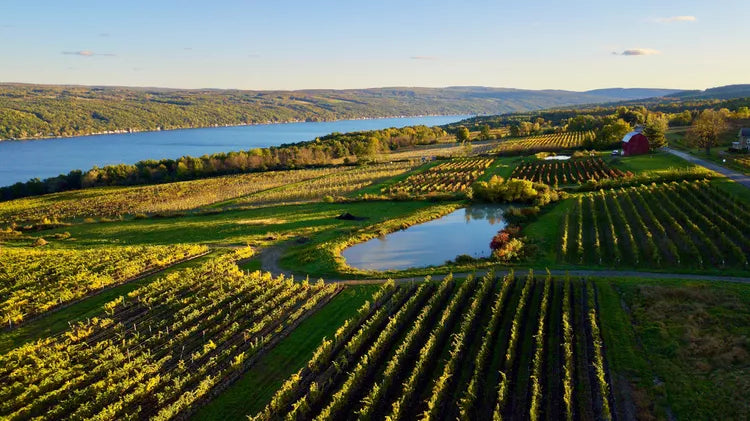

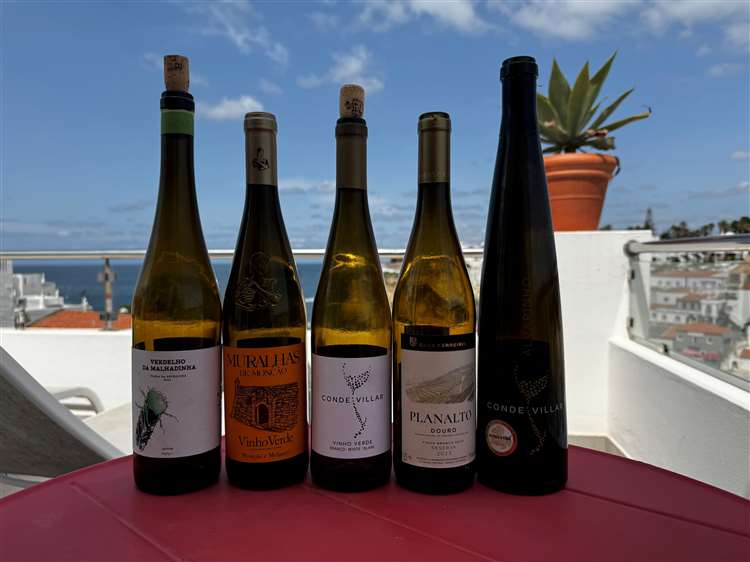
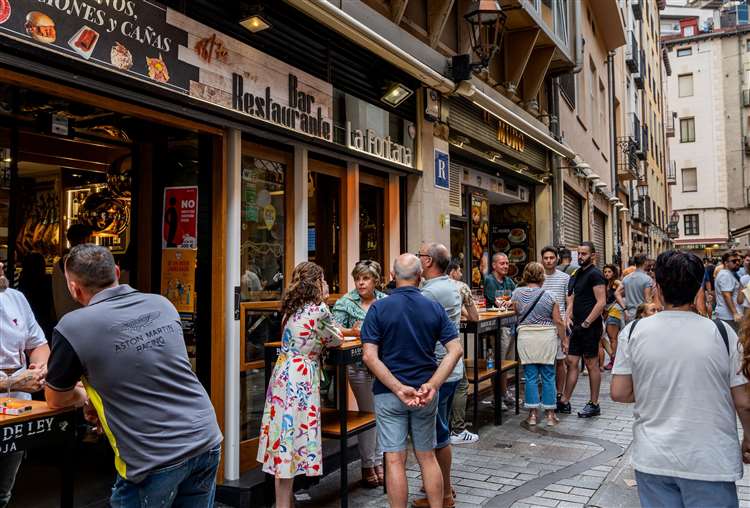
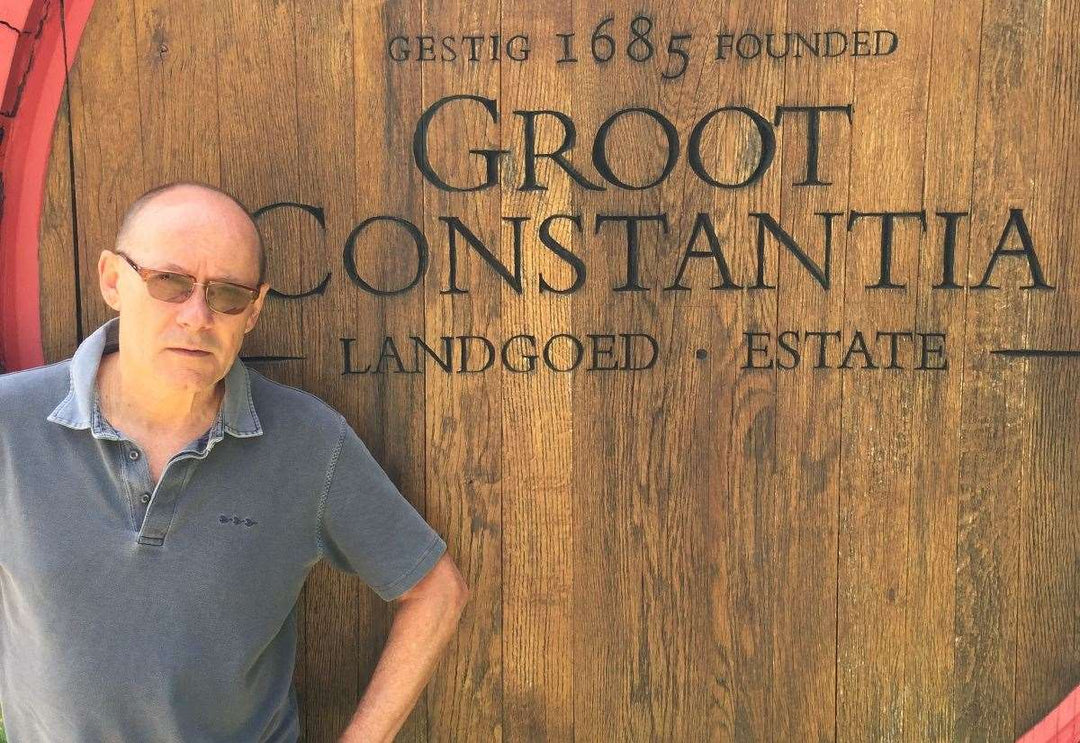
Leave a comment